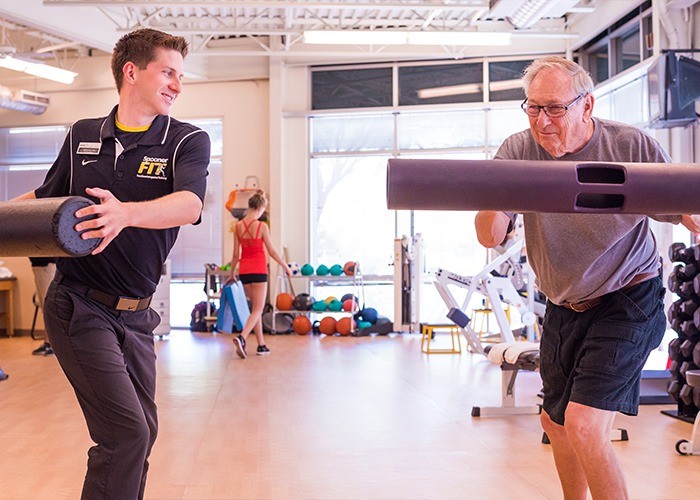Parkinson’s disease effects a person’s motor function caused from issues within the nervous system and brain. The disease has slow ongoing effects that results tremors, stiff muscles, lack of controlled movements, loss of balance and inability to walk. The signs of Parkinson’s typically show in adults from 50-60 years old.
Alicia Dulaney, PT, DPT at Spooner Physical Therapy utilizes The LVST BIG Program with her Parkinson’s patients. “The program caters to the adult patient addressing their difficulties with movement due to Parkinson’s,” Dulaney states. Alicia is a LSVT BIG certified therapist and the program helps to decrease or slow the progression of the symptoms associated with the disease.
Patients are evaluated in a one-hour session to measure the current physical capabilities before beginning the program. The evaluations record the patient’s ability to walk, remain balanced, swinging arm movements and posture. The results of the evaluations will determine the progression of exercises throughout the program. The LVST Big program is intricately designed to aid in areas that need to be strengthened depending on the patient’s evaluation.
The LVST BIG program is four days a week for one month and has patients work with their therapist in one hour sessions. Patients are taught to exaggerate movements to combat the side effects of Parkinson’s that inhibit gate mechanics and other movements within the sessions. Current results of the LVST BIG program show stronger walking movements and less falling among patients.
The program will also introduce exercises that the aid in areas a patient may struggle with during their daily activities. For example, getting out of a car, picking something off the floor or reaching for an object on a high shelf. The therapist will incorporate sit-to-stand, or reaching exercises to keep the patient functionally capable. “After completing the program, patients have better capabilities, they’re able to walk without as much help, better posture, and walk with less shuffling,” Dulaney continues to state. The exercises are introduced as high energy and high amplitude to prevent further progression of the disease. After the program is completed, another evaluation will compare the progression of the patient’s capabilities.
Patients are encouraged to seek physical therapy as soon as they are aware of the disease and before the symptoms being occurring. The first signs are normally decreased arm swing, loss of balance, shuffling feet, smaller handwriting or lower vocal volume. If a patient has a further progression of symptoms, more options are available by Spooner Physical Therapy receive therapy designed for their symptoms.

